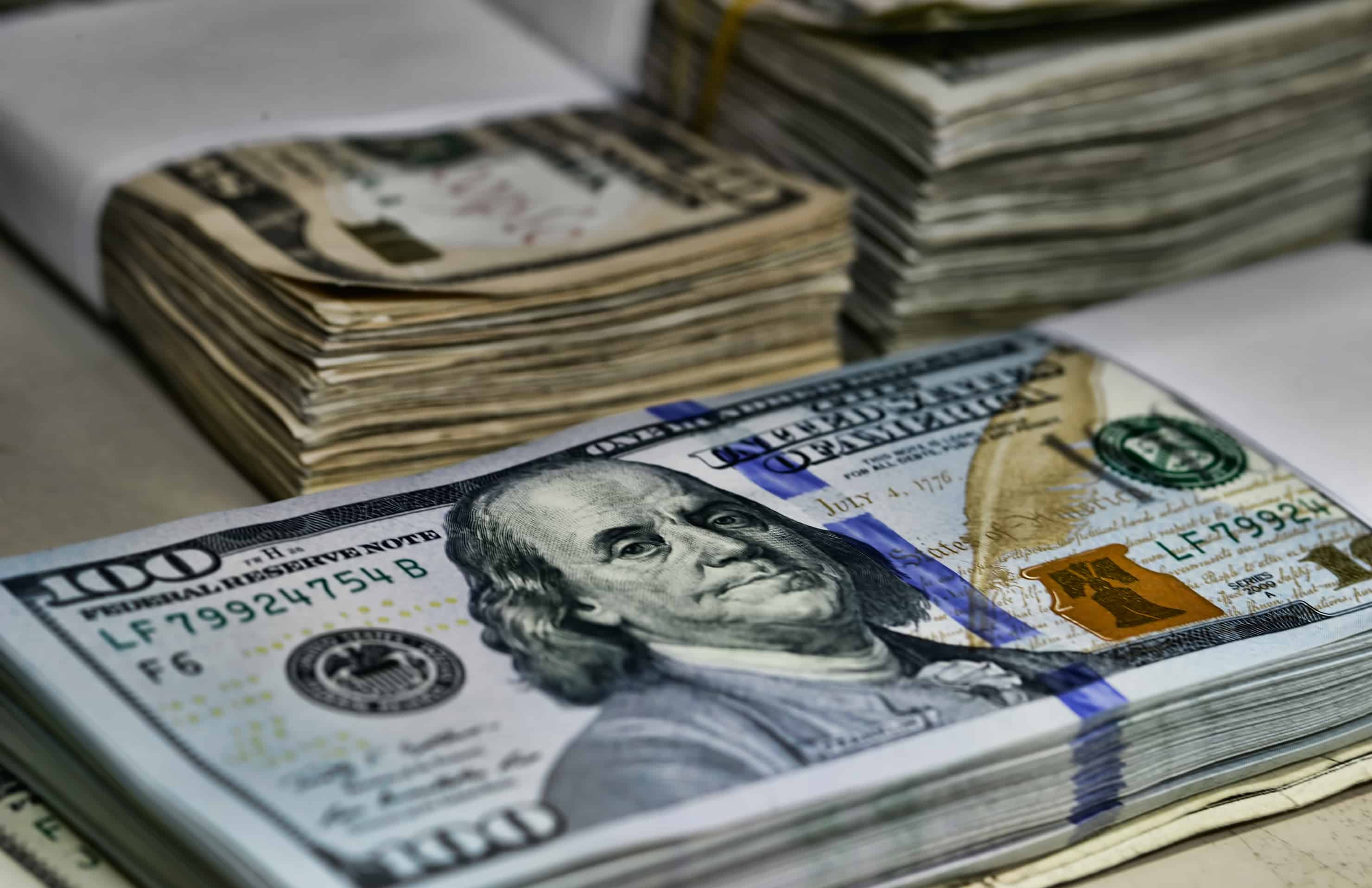Bank of America has released a fresh analysis of Costa Rica’s economy, pointing to steady conditions ahead. The report predicts the dollar exchange rate will hold firm with only slight shifts in 2026, while interest rates stay elevated due to building price pressures.
Analysts at the bank highlight the colón’s recent gains against the dollar. From 2022 to 2024, the local currency appreciated sharply, driven by shifts in exports and rising foreign direct investment. These changes have reshaped how Costa Rica trades and attracts capital, leading to a more resilient economy. For 2025, the bank sees continued stability, but expects a modest 1% depreciation of the colón in 2026. That would keep the rate hovering near ₡500 per dollar, avoiding major swings.
Costa Rica operates as a semi-dollarized system, though less than in past decades. Back in the 2000s, nearly half of deposits and loans were in dollars. Today, that figure sits at about 40%. Many everyday transactions allow dollar payments, and roughly 35% of free trade zone firms pay workers in dollars. This setup heightens sensitivity to exchange rate moves, as shifts can ripple through prices and wages.
The appreciation since late 2022—around 27% from ₡694 to ₡504 per dollar—has drawn pushback from key sectors. Tourism operators and exporters have urged the Central Bank of Costa Rica to step in and curb further strengthening of the colón, worried it could hurt competitiveness. While the bank maintains no fixed rate target, these calls reflect real concerns in trade-dependent industries.
On inflation, the outlook shifts after a long stretch of low figures. For 28 straight months, prices have lingered below the Central Bank’s 2%-4% range, dipping into negative territory at times—like August’s -0.94% year-over-year drop. Bank of America forecasts a turnaround starting in 2025, with inflation climbing back toward 3% by mid-2026 and hitting 3.5% by year’s end. This rebound limits room for rate cuts; the policy rate, now at 3.50%, likely won’t dip much lower.
Several elements fuel this expected price uptick. International fuel costs, which have eased lately, could jump 13% by late 2026, with West Texas Intermediate oil reaching $72 per barrel. That alone might add pressure on local costs. Meanwhile, agricultural goods like corn, sugar, and wheat should remain affordable globally, offering some buffer, though their prices may level off rather than fall further.
The bank disagrees with market views pegging next-year inflation at just 2%, arguing risks lean higher after such prolonged softness. A 10% exchange rate change, for instance, could boost inflation by up to 200 basis points over 12 months, based on the economy’s dollar ties.
Overall, these projections paint a picture of balance rather than big leaps. Costa Rica benefits from its export focus and investment inflows, but must watch external factors like commodity prices. As the economy adapts, stability in the exchange rate and controlled inflation could support steady growth, even if interest rates hold firm.







